Beyond schnitzel: your guide to eating like a local in Vienna
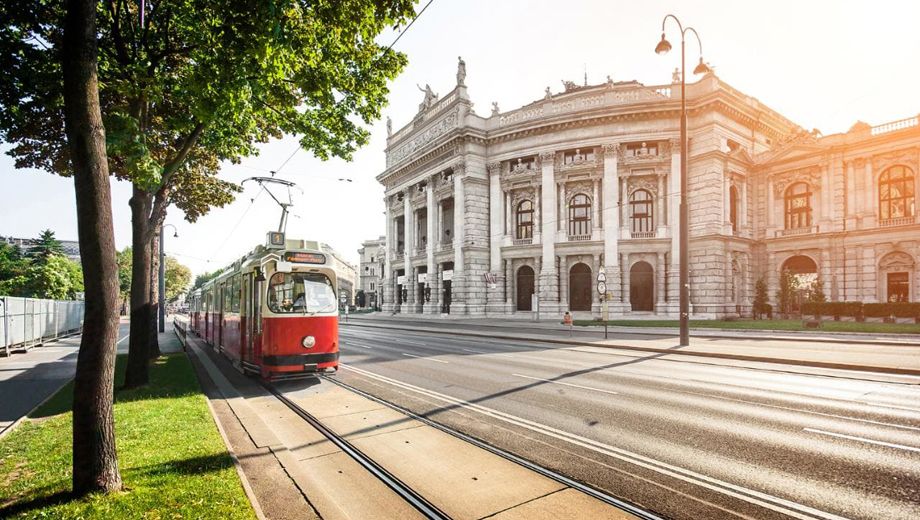
Vienna is moving beyond its staid past as a center for the U.N. and OPEC meetings and taking its place as another alternative for business in Europe.
Historically a bridge between East and West, its storybook 18th-century feel has been augmented with new office towers on the edges of its 23 districts, gentrified neighborhoods, and easy transport, making it one of the most livable and delicious cities to work and to visit.
And when it comes to food, Vienna is much more than currywurst and Wiener schnitzel. Lunches are long, dinners are shorter – and the Viennese dine late.
Steiereck: The city’s most famous restaurant, wrapped in space-age polished steel, serves modern European cuisine.
The food is serious but not pretentious; the bread, honey, and cheese carts in particular will make a grown person weep. The sexy, relaxed Milchbar - downstairs, facing the canal – is the not-so-secret hangout for the business set.
Plachutta: A minichain, yes, but this is a reliable option to get your fix of Wiener schnitzel or tafelspitz, a Viennese specialty of boiled beef, vegetables, and broth.
Shiki: Japanese at its best. Owner Joji Hattori is a case study in what makes this city so cool: A violin prodigy born in Japan - and a scion of the family behind Seiko – he was raised in the music schools of Vienna. Located near the opera, Shiki is open after performances.
Miznon: This Israeli-run burger joint—located in the shadow of St. Stephen’s Cathedral— is fast, loud, and fun. Burgers come nestled in freshly made pita.
Café Bräunerhof: Eat lunch at this concert/literature cafe if you want to step back in time and see the real Vienna, with its newspapers on wooden rolls and musical instruments stashed in corners. Order the beef consommé, goulash, or beuschel, a ragout of veal kidney, liver, heart, and lungs, with a large dumpling in the middle.
Café Korb: A coffeehouse famous for its legendary pastries (try the apple strudel) and also for several varieties of würstel (sausage). If it was good enough for Sigmund Freud...
Zum Schwarzen Kamee: lThe “Black Camel” is the most Harry Cipriani-like restaurant in Vienna, serving coffee and Viennese favorites near one of the city’s most famous streets, the Graben. From here you can pop into all the famous coffee and chocolate emporiums: Julius Meinl, Café Demel, Café Central, and Café Landtmann.
Loos American Bar: Adolf Loos designed this 290-squarefoot gem in 1908 with its translucent onyx panels, mirrors, and an exquisitely coffered ceiling. Not the best drink in town but certainly the most beautiful bar.
Das Loft: Perched atop the Sofitel in hypergentrified Leopoldstadt, this is the place of the moment thanks to its view, spectacular multicolored ceiling, and crowd of hip millennials.
Do & Co: The futuristic building, completed in 1990 by architect Hans Hollein, is in the middle of Stephansplatz, Vienna’s most famous plaza. It’s a restaurant, hotel, club, and bar by Austrian-Turkish local-boy-done-good Attila Dogudan. Put on your best, well-dressed cool, and you’ll have the finest view in town from the sixth-floor Onyx Bar.
Blaue Bar at the Hotel Sacher: Tiny and plush, it makes stellar drinks at all hours – and it’s open at all hours.
Ten tips for visitors to Vienna
1. It isn’t uncommon to be offered schnapps first thing in the morning to get the day going.
2. In the city that fostered Mozart, Haydn, Berg, Bruckner, and several Strausses - to name just a few of its composers - the recently refurbished Vienna State Opera is an absolute must.
3. See Klimts, Schieles, and Kokoschkas at the Belvedere Museum Vienna, one of the world’s most worthwhile museums. The Albertina is older and more staid.
4. Vienna’s courtly past means the city remains a capital for elegant menswear: Knize for custom suits and accessories; Gino Venturini for shirts; Szaszi or Mühlbauer for hats; Derby Handschuhe for gloves; and Georg Materna or Scheer for shoes.
5. J. & L. Lobmeyr, which made the “sputnik” chandeliers for New York’s Metropolitan Opera House, is the place for all things crystal.
6. Vienna is famous for fast-moving trams, which don’t necessarily go in the direction you expect them to be heading. Jaywalking can be deadly—look twice and follow the signs.
7. Locals use Mytaxi, not Uber, because it’s less spotty.
8. Those six massive concrete fortresses? Flak towers built by the Nazis during World War II. One houses an aquarium; the city is still considering potential uses for the others.
9. Vienna is a big-small city. Even after a few days, you’ll start to recognize people. Stand in the cold, drinking beer and eating sausages, to make the place come alive.
10. The cost of luxury is high, but it’s easy to reclaim the 20 percent value-added tax – provided you remember the forms and give yourself extra time at the airport.
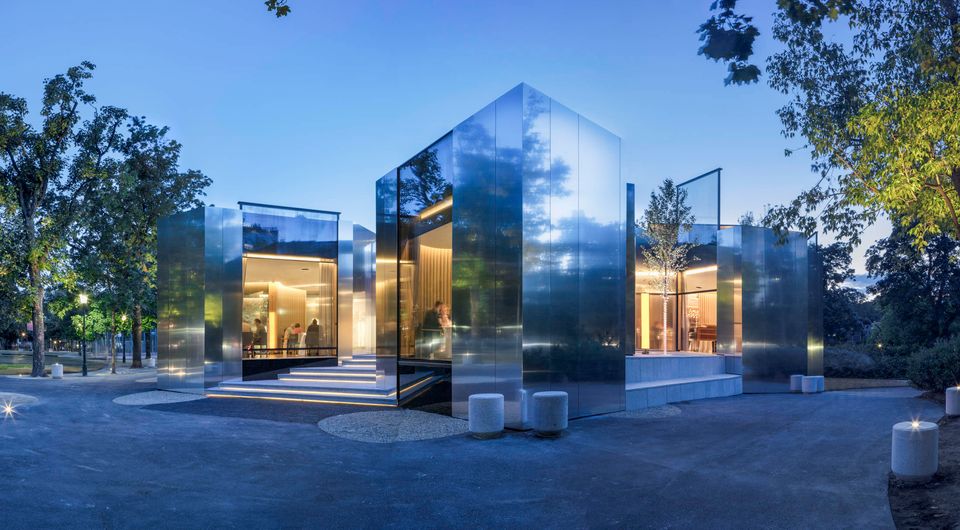
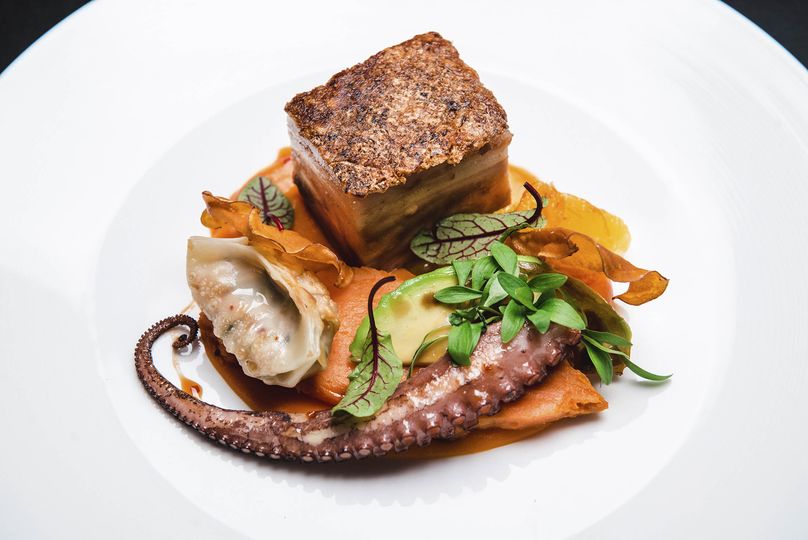
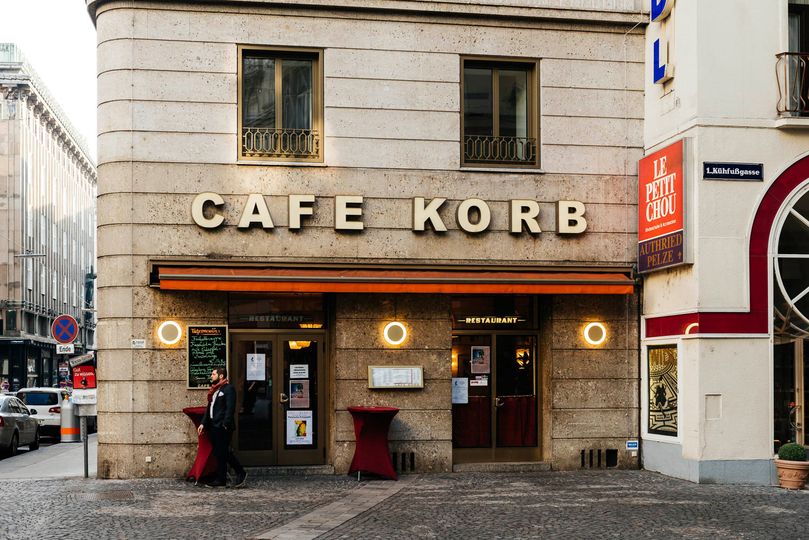
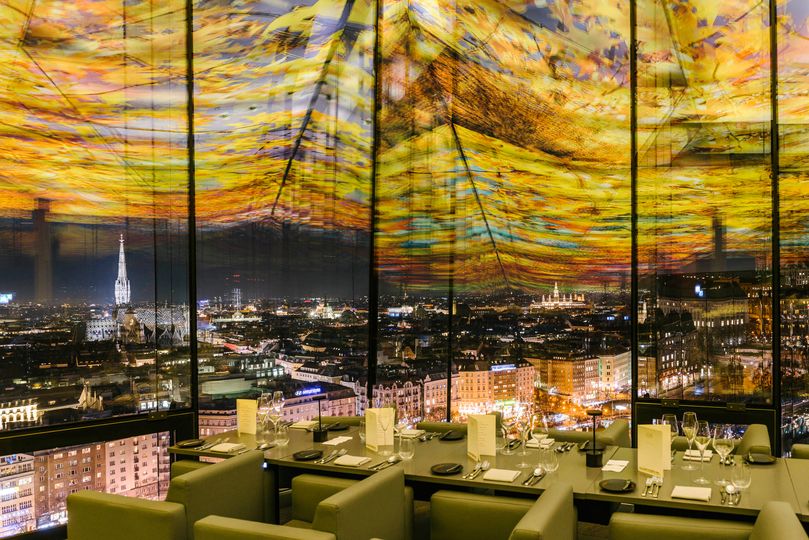
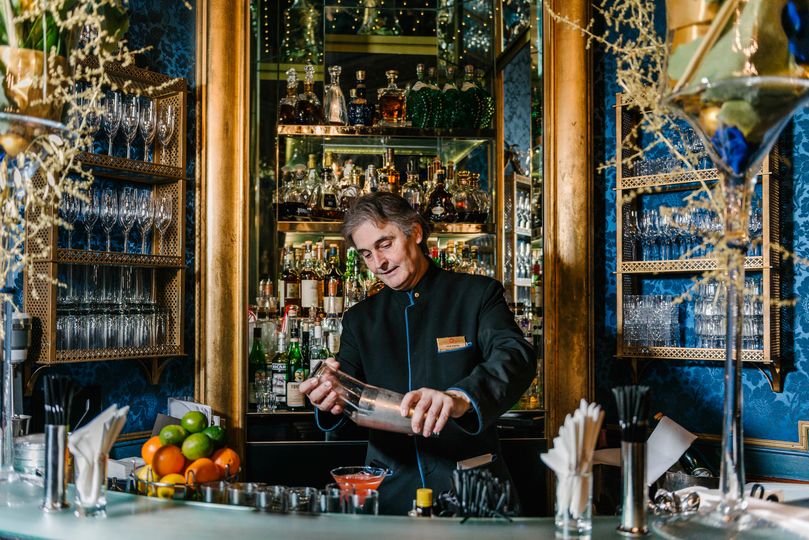
Qantas - Qantas Frequent Flyer
23 Sep 2017
Total posts 163
Vienna is a beautiful, fantastic city to visit- easy to get around, stylish, culturally rich, excellent for the arts. Fantastic coffee houses.The schnitzels are pretty amazing. Darn, just can’t wait to go back there!
Qantas - Qantas Frequent Flyer
24 Aug 2017
Total posts 12
I would also highly recommend Restaurant Konstantin Filippou. We ate there last year and it's the best food that we have ever had (we eat any many top restaurants) and it's very reasonably priced.
It seems as if they are used to the Germanic customers, who do not really interact with waitstaff much. We were our typical friendly Aussie selves and the waitstaff seemed to love being treated like actual human beings and as such, we were given many "trial courses" which the chefs were testing out. I can't remember how many courses it ended up being, but we had about 5 more dishes than the other tables. The food was ridiculously good and it seems as if the chefs there still have that passion and fire that the established big boys seem to lack.
Hi Guest, join in the discussion on Beyond schnitzel: your guide to eating like a local in Vienna